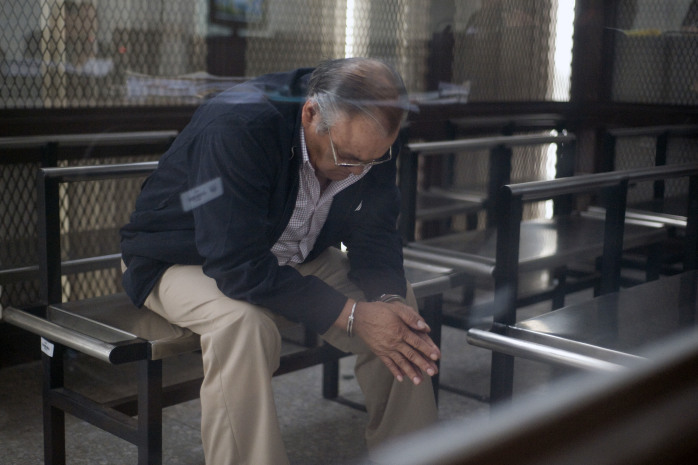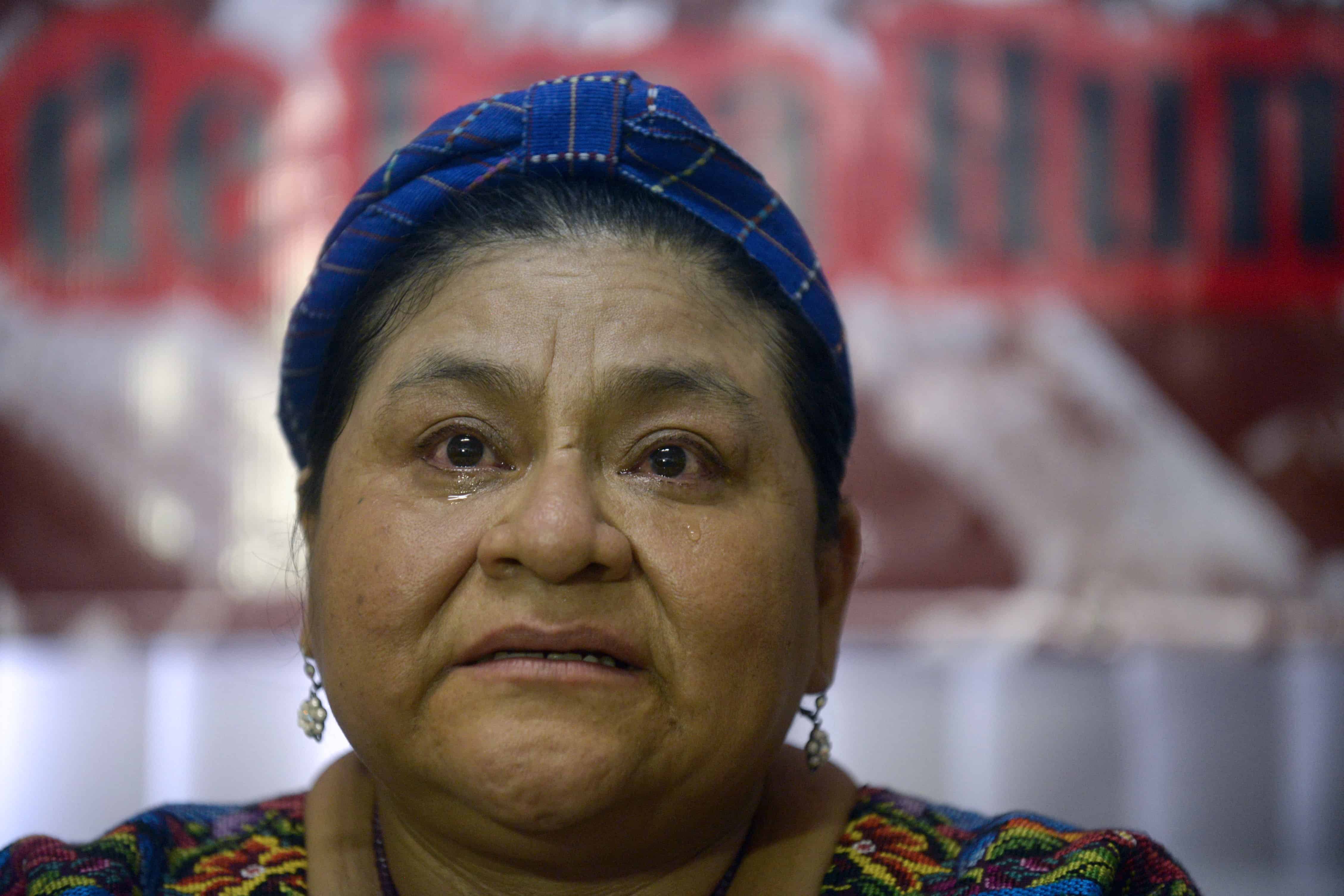GUATEMALA CITY – A Guatemalan court will open a trial on Wednesday against a former police official accused of causing the deaths of 37 people in a fire at the Spanish Embassy in 1980, announced Nobel Peace Prize winner and indigenous rights advocate Rigoberta Menchú, whose father, Vicente Menchú, was killed in the attack that occurred in the context of the bloody 36-year Guatemalan civil war.
“Our emotion right now is happiness, because we’ve had a lot of patience,” a tearful Menchú said, referring to the decades-long struggle for justice in the case.
The accused is former police chief Pedro García Arredondo, who is charged with ordering the massacre. García, who headed the National Police from 1974-1982, was arrested in 2011 and convicted the following year on charges that he kidnapped, tortured and murdered a student in 1981. He was sentenced to 70 years in prison.
The court hearing the embassy case is the same tribunal that is charged with the ongoing genocide case against former dictator Efraín Ríos Montt. In a historical ruling in May 2013, Ríos Montt was convicted of genocide charges and crimes against humanity, and sentenced to 80 years in prison. The verdict was considered a landmark victory for the mostly indigenous Mayan victims of Ríos Montt’s brutal and brief rule in the early 1980s, two years after the embassy fire. But that victory was short-lived, as Guatemala’s Constitutional Court struck down the genocide verdict on a technicality a few days later.

On Jan. 31, 1980, a group of indigenous protesters, poor farmers and university students, among them Rigoberta Menchú’s father, occupied the Spanish Embassy in Guatemala City to denounce ongoing military repression by the Guatemalan state against their communities.
Soldiers and police set fire to the embassy with the protesters inside, killing 37 people – most of them indigenous Mayans. Human rights groups called the attack one of the worst atrocities committed by the armed forces during the civil war, which lasted from 1960-1996. More than 200,000 people were killed or disappeared during the war, according to the United Nations.
Spanish Consul Jaime Ruiz del Árbol also was killed in the embassy attack, along with Guatemala’s former Vice President Eduardo Cáceres and former Foreign Minister Adolfo Molina.
“We want them to give us the opportunity to close a chapter that’s been open for 34 years, because I’m completely convinced that if we don’t close the open wounds that thousands of Guatemalans still have, it will be difficult to create peace,” said Menchú, a plaintiff in the case.
The only person to survive the embassy fire and its aftermath was then-Ambassador Máximo Cajal, from Spain. An indigenous protester survived the fire, but was later kidnapped from the hospital and murdered. His body was dumped on the campus of the San Carlos University.
Cajal died last April, but his testimony in the case has been documented in order to present it at trial, Menchú said.







